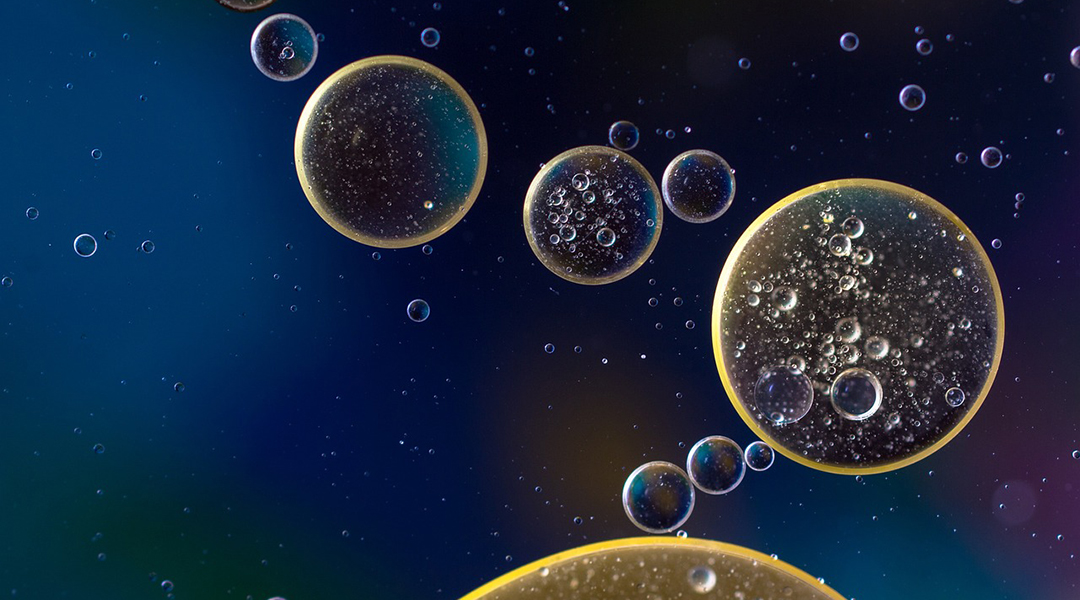Carbon dioxide (CO2) removal on a gigaton (Gt) scale is required to achieve net zero greenhouse gas emissions to limit global warming. The 2015 Paris Agreement’s goal of “holding the increase in global average temperature to well below 2oC above pre-industrial levels, and pursuing efforts to limit the temperature increase to 1.5oC above pre-industrial levels” implies that we attain global net zero emissions around the middle of this century.
Virtually all scenarios that achieve the Paris Agreement involve CO2 removal from the atmosphere with permanent sequestration. Some greenhouse gas emissions, such as CO2 from cement production and methane (CH4) from agriculture, are difficult and/or very costly to abate with known or anticipated technology.
Model assumptions about technology development and diffusion therefore yield estimates of the amount of CO2 removal required by mid-century vary widely. Scenarios that limit warming to less than 2oC have an average CO2 removal of 5.75 GtCO2 in 2050.
The ocean is a sponge
CO2 removal strategies includes a variety of biological, chemical, and geochemical removal processes. A few biological processes, such as afforestation and reforestation, already yield net removals at low cost but their potential is constrained by available land.
Chemical processes to capture ambient CO2 from the atmosphere, such as direct air capture, are the subject of considerable research, and a few small facilities are operational. Cost estimates for direct air capture technologies currently range from $600 to $1000/tCO2 captured, but they are expected to fall to $100 to $300/tCO2 by 2050 as experience accumulates.
Approximately 30% of CO2 greenhouse gas emissions is absorbed by the ocean; a carbon reservoir about 50 times larger than the atmosphere. Some proposed CO2 removal methods seek to increase the CO2 absorbed by the ocean. However, the uptake of CO2 by the ocean depends on numerous factors, including the pH of the water, the atmospheric partial pressure of CO2, and the temperature. Thus, proposed ocean-based CO2 removal methods increase the alkalinity of the seawater or add chemicals that react with atmospheric CO2.
Equatic, a new spinoff from the University of California Los Angeles, is testing a new process that captures and sequesters CO2 from the atmosphere while generating green hydrogen. A solar-powered electrolysis plant splits seawater into green hydrogen and oxygen. The hydrogen depleted seawater is more alkaline, so it absorbs CO2 from the atmosphere which reacts with minerals, such as calcium and magnesium in the seawater, to form dissolved bicarbonates and mineral carbonates that permanently store the CO2.
Capture and sequester CO2
Electrolysis uses a direct current to supply electrons to a positive terminal (cathode) that releases hydrogen from the water molecule and causes the oxygen to migrate to the negative terminal (anode) where electrons are returned to the external circuit. Seawater contains small quantities of many other chemicals.
The Equatic process leaves the water near the anode more acidic and water near the cathode more basic (alkaline). The basic seawater absorbs CO2 from the atmosphere, which reacts with calcium and magnesium in the water to form a variety of stable minerals, such as calcium carbonate (CaCO3), magnesium carbonates (MgCO3), and/or magnesium hydroxide (Mg(OH)2), that permanently sequester the CO2. In this way, CO2 extracted from air can be stored for thousands of years.
Some of the minerals, such as calcium carbonate, are stable in seawater and can be discharged into the ocean. Other compounds must be stabilized before ocean discharge or stored on land. Basic rock can be added to the acidified seawater from the anode to restore its natural pH level before being returned to the ocean.
Making green hydrogen during the process
Processing 220 m3 of seawater removes 1 Mt CO2 and produces 29 kg of hydrogen. Two pilot facilities are capturing about 100 kilograms of CO2 and producing a few kilograms of hydrogen each day. They are the first small steps in the process of developing industrial-scale plants by 2030; plants that remove 1 million tons (Mt) CO2 per year and produce 35,000 tons/year of green hydrogen.
Initial estimates yield a gross capital cost of $500/tCO2 for a commercial plant with a capacity of 1 Mt CO2/year. Operating costs, including energy, operations, and maintenance, are estimated at $83/tCO2. The result is a gross cost of $145/tCO2. Revenue from the sale of the green hydrogen produced could reduce the net cost to less than $100/tCO2, which is competitive with the projected costs of direct air capture technologies.
The Equatic system, as an industrial process, compares favorably with other ocean-based carbon dioxide removal methods, such as ocean alkalinity enhancement, and ocean fertilization. These methods have an estimated potential to remove up to 100 GtCO2/year at costs of $40 to $500/tCO2, but their feasibility is uncertain due to their current low technology readiness.
In addition, it is difficult to estimate the amount of CO2 removed. The world may need 5.75 GtCO2 removed in 2050 to limit global warming; 5,750 facilities that each remove and permanently sequester 1MtCO2 per year. Many possible technologies to meet this need are being researched and tested. Equatic’s technology appears to have the potential to make a substantial cost-effective contribution to this global effort.
Written by: Geoffrey Ozin and Erik Haites, Solar Fuels Group University of Toronto, and Margaree Consultants Toronto
Feature image: Silke from Pixabay

















